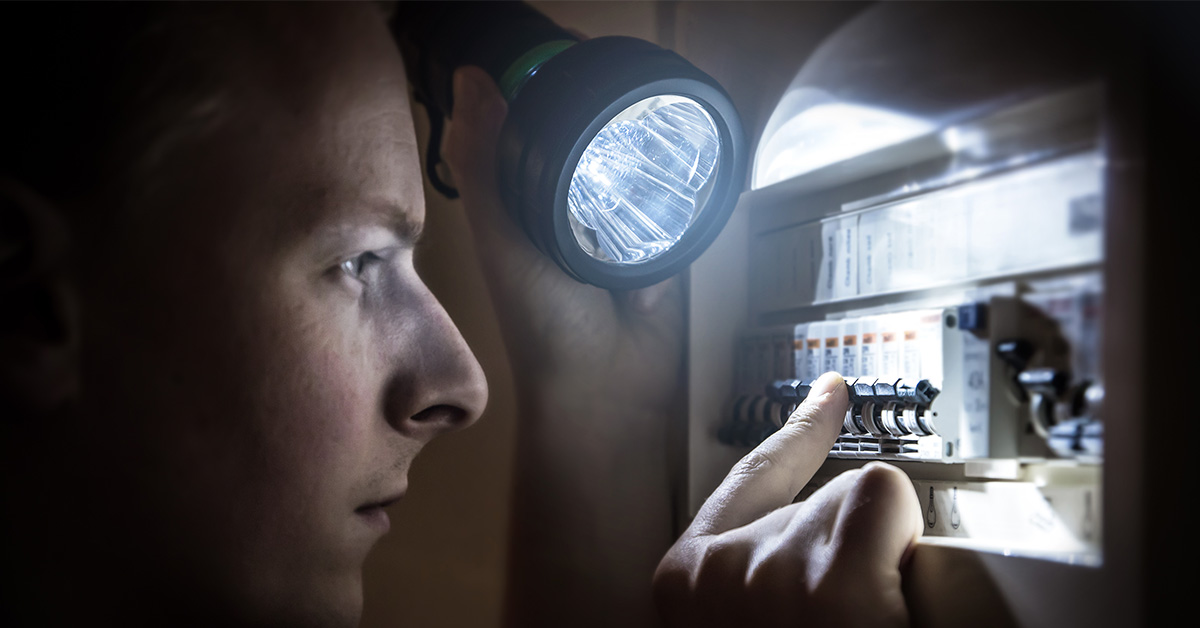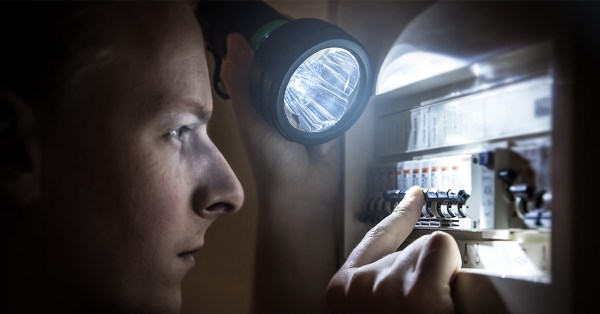

Imagine this scenario:
You are an IT Manager and have a junior technician working in your data center attempting to “rack and stack” new servers in a cabinet. As you read one of your power strips, you see that you have 10 kilowatts (kW) available on the A side. You translate the reading as 20kW of total power availability for your cabinet because you have A and B power circuits. The problem with this assessment is that you will over-allocate power to your environment, leading to wasted time and effort, re-racking, re-cabling – or worse, a complete power outage for any infrastructure within your cabinet.

Since most data center providers supply A and B circuits for redundancy and failover, we need to think about these circuits working in tandem when plugging in. In other words, these A/B circuits are a single circuit in terms of total load for your cabinet. In this case, 10kW for the cabinet. Now let’s translate the total power to your equipment. If your equipment has two power supplies, you will plug one of those power supplies into the A side and one into the B side. Since any single circuit cannot be loaded beyond 8kW (recommended max), neither side can be loaded to more than 4kW because if either the A side or B side experiences a disruption, the entire 8kW load will be drawn from the surviving circuit.
Assumptions –
In this example, consumption on the A circuit and B circuits cannot exceed 40% at any time. Following these guidelines will ensure you are implementing power within your environment for everything within your control.
Data centers have planned maintenance windows to ensure uptime. There are several reasons data center providers may need to schedule a maintenance window, but these events usually need to occur because of changes within the provider’s environment such as utility feeds, transfer switches, UPS, diesel generators, or breaker panels. A typical situation impacting you as a customer would involve the data center provider needing to shut down the A side or the B side entirely.
Adhering to the guidelines is a shared responsibility in the sense that we all have a shared uptime goal. Ultimately, data center providers must maintain and protect the data center infrastructure for the benefit of all customers within each data center.

DataBank helps our customers monitor their power use, and if needed, offers the right expertise to answer any questions and resolve potential issues – before they become larger problems. While it depends on each customer and where they need assistance, the DataBank team is able to support a full range of monitoring and troubleshooting potential consumption issues.
Throughout this process, communication and collaboration are essential to ensuring that the power infrastructure effectively meets the customer’s needs and objectives effectively.
At Databank, we use branch circuit monitoring for most of our customers – whether they are an official power customer or not – and are in the process or rolling it out in all our data centers. This helps us keep a close eye on customers’ power, so if we ever see spikes in any given circuit, we can immediately notify them so they can take a closer look.
We are also willing to help any customer with any configuration at any time to make sure they’re in good shape. For example, if we’re working with a particular company and see that they’re getting close to an 80% threshold for total power use, we’ll do all we can to educate them and help them resolve the issue. There are often many ways to approach this, such as using our remote hands-support service to change power configurations or move a server to a different rack.
Sometimes things can happen, even with server manufacturers. We once had a customer who bought complete server racks that were pre-assembled from a well-known manufacturer. As we later found out, they were assembled incorrectly. Instead of being set up for approximately 30% for the A, B, and C phases, they were configured at 45%-45%-10%.
This customer’s initial loads were initially low, so nothing went wrong at first. Yet, as they increased, our floor power distribution alarms went off. We engaged with their team, audited the entire system, and helped them rebalance all the power set ups in all their servers before they tripped a circuit breaker.
Despite having highly experienced and knowledgeable IT staff, sometimes things just go wrong in the data center. We’ve experienced many of these types of issues and want to do all we can to help our customers protect themselves against any avoidable power outage.
If you have specific questions or would like to learn more about how DataBank can help you optimize power load balancing in your environment, please contact us today.

Discover the DataBank Difference today:
Hybrid infrastructure solutions with boundless edge reach and a human touch.